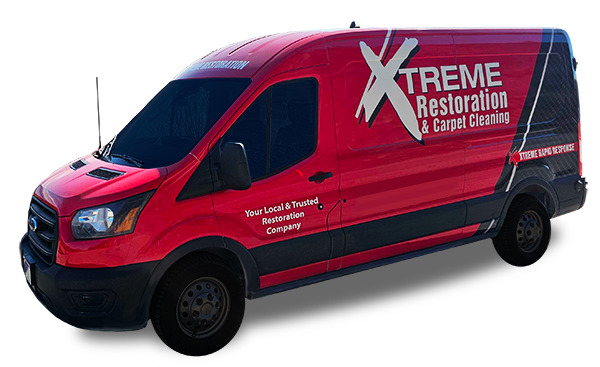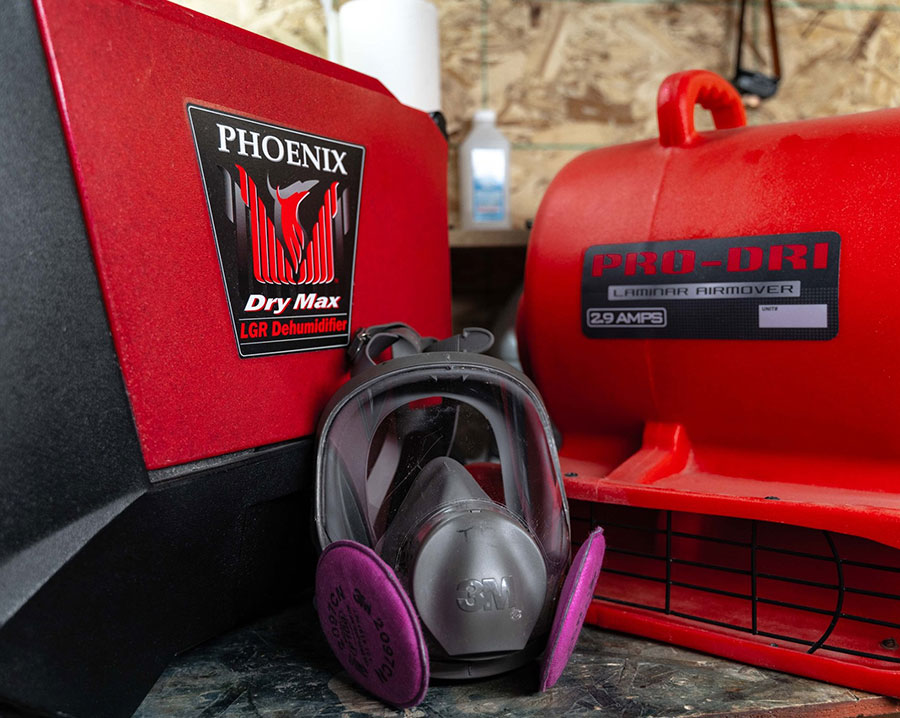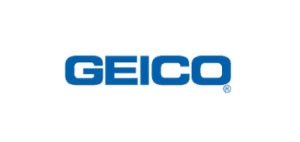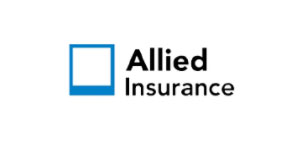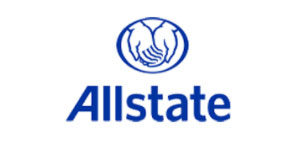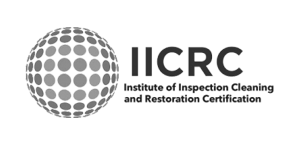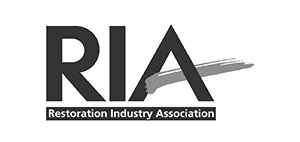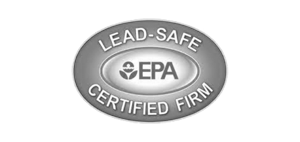When water damage strikes your home, it’s crucial to take immediate action to prevent further damage and ensure a safe cleanup process. However, there are certain actions that you should avoid to protect your home and health during water damage cleanup.
In this section, we will discuss what not to do when dealing with water damage cleanup. By understanding these key points, you can make informed decisions and effectively mitigate the damage.
Key Takeaways:
- Delaying the cleanup process can lead to increased damage and the potential for mold growth.
- Avoid using electrical appliances in areas affected by water damage to prevent accidents.
- Proper drying and dehumidification are crucial steps to avoid long-term structural damage and health hazards.
- Act quickly to mitigate water damage and minimize the risks associated with it.
- Approach water damage cleanup with caution and follow safety measures throughout the process.
Don’t Delay: Act Quickly to Mitigate Water Damage
When faced with water damage, it’s crucial to act promptly. Time is of the essence when it comes to mitigating the impact and preventing further damage to your property. Delaying the cleanup process can result in increased structural damage, higher repair costs, and the potential growth of harmful mold.
Acting quickly not only helps safeguard your property but also minimizes the risk to your health and well-being. Standing water and excessive moisture create the ideal environment for mold and bacteria to thrive, leading to respiratory issues and other health hazards.
To mitigate water damage effectively, follow these essential steps:
- Assess the situation: Immediately determine the source of the water intrusion and stop it if possible. Take note of the affected areas and the extent of the damage. This information will be vital when contacting professionals or insurance companies.
- Remove standing water: Use a pump, wet vacuum, or buckets to remove as much water as possible. The faster you can eliminate standing water, the better chance you have of minimizing water damage.
- Address moisture: Open windows, doors, and turn on fans to improve air circulation and aid in the drying process. Consider renting or purchasing dehumidifiers to extract excess moisture from the air and surfaces.
- Document the damage: Take photographs or videos of the affected areas and any damaged items. This visual evidence will help during the insurance claim process.
- Call professionals: If the water damage is extensive or involves contaminated water, it’s best to call professionals who specialize in water damage mitigation. They have the expertise and equipment to handle the cleanup safely and effectively.
Remember, the key to mitigating water damage is to act quickly. By taking immediate steps to remove water and moisture, you can minimize the long-term effects on your property and reduce the risk of mold growth.
| Actions to Take | Benefits |
|---|---|
| Stop the source of water intrusion | Prevents further damage |
| Remove standing water promptly | Reduces the risk of structural damage |
| Address moisture and improve air circulation | Minimizes the chance of mold growth |
| Document the damage | Aids in the insurance claim process |
| Call professionals for extensive or contaminated damage | Ensures safe and thorough cleanup |
Avoid Using Electrical Appliances in Wet Areas
When dealing with water damage, it is crucial to prioritize safety. One of the essential precautions to take is to avoid using electrical appliances in wet areas. It may seem convenient to continue using your appliances during the cleanup process, but it can pose serious risks.
Water is a conductor of electricity, and coming into contact with electrical appliances in wet areas can lead to severe accidents, such as electrical shocks and fires. It’s important to remember that the moisture from water damage can seep into the internal components of appliances, increasing the likelihood of a malfunction or electrocution.
To ensure your safety and prevent further damage, follow these guidelines:
- Disconnect – If your home has experienced water damage, immediately disconnect the affected electrical circuits or shut off the power at the main breaker.
- Do Not Plug or Unplug – Avoid plugging in or unplugging electrical devices in wet areas, even if they are switched off. Wait until the area is completely dry before using them.
- Avoid Extension Cords – Using extension cords in wet areas can increase the risk of electrical accidents. If you need power in a different area, consider using a GFCI (Ground Fault Circuit Interrupter) outlet or consult a professional electrician.
- Consult a Professional – If you are unsure about the safety of your electrical system or appliances after water damage, it is best to seek assistance from a qualified electrician. They can inspect and assess the condition of your electrical components.
Remember, safety should always be your top priority when dealing with water damage. By avoiding the use of electrical appliances in wet areas, you can minimize the risk of accidents and protect yourself and your property.
Don’t Neglect Proper Drying and Dehumidification
Proper drying and dehumidification are essential aspects of water damage cleanup. Neglecting these crucial steps can lead to long-term structural damage, mold growth, and health hazards. To ensure a successful restoration process, it’s vital to understand the importance of thorough drying and effective dehumidification.
When water enters your home, whether due to a burst pipe, natural disaster, or other causes, it infiltrates various materials, such as walls, floors, and furniture. These affected surfaces must be properly dried to prevent further damage and minimize the risk of mold growth, which can have detrimental effects on your property and health.
Proper drying:
- Remove standing water: Begin the drying process by eliminating any standing water using a wet vacuum or pump.
- Open windows and doors: Increase ventilation by opening windows and doors to allow air circulation, aiding in the evaporation of excess moisture.
- Use fans: Position fans strategically to enhance air movement and speed up drying. Aim them towards wet areas, such as carpets, walls, and furniture.
- Utilize dehumidifiers: Employ dehumidifiers to remove excess moisture from the air. They are especially useful in enclosed spaces or areas with high humidity levels.
- Inspect hidden areas: Don’t overlook concealed spaces like wall cavities or under floorboards. Moisture can be trapped in these areas, leading to hidden damage and mold growth.
- Monitor drying progress: Regularly check the moisture levels to ensure effective drying. Moisture meters can be beneficial for accurate measurements.
Dehumidification plays a crucial role in water damage cleanup. As moisture levels rise in an affected area, it becomes conducive to mold growth and can compromise the integrity of materials. By using dehumidifiers, excess moisture is extracted from the air, creating an environment that inhibits mold proliferation and protects your property.
Effective dehumidification:
- Choose the right dehumidifier: Select a dehumidifier suitable for the size and moisture level of the affected area. Ensure it has a sufficient capacity to handle the water damage.
- Position dehumidifiers strategically: Place dehumidifiers in central locations to maximize their reach and effectiveness. Ensure there are no obstructions that may hinder proper airflow.
- Empty and maintain dehumidifiers: Regularly empty the water reservoirs and clean the filters of the dehumidifiers to ensure optimal functionality.
- Monitor humidity levels: Use a hygrometer to monitor and maintain the humidity levels within the recommended range, typically between 30% and 50%.
Remember, thorough drying and effective dehumidification are vital for mitigating water damage properly. By following these steps, you can prevent further harm, minimize the risk of mold growth, and restore your home safely.
Conclusion
In conclusion, it is crucial to understand what not to do when dealing with water damage cleanup. Acting quickly is the key to minimizing further damage to your property and preventing the growth of mold. Make sure to avoid using electrical appliances in wet areas to prevent accidents and ensure your safety.
Proper drying and dehumidification are essential steps in the cleanup process. Neglecting these steps can lead to long-term structural damage and pose health hazards. By following the necessary safety measures and ensuring effective drying and dehumidification, you can restore your home safely.
Remember, water damage cleanup should always be approached with caution. By avoiding the listed actions, you can protect your home and health, as well as achieve a successful restoration process. Take prompt action, handle electrical appliances with care, and prioritize thorough drying and dehumidification for a successful cleanup.
FAQ
What actions should I avoid when dealing with water damage cleanup?
When dealing with water damage cleanup, it’s important to avoid certain actions that can worsen the situation. Do not delay in acting quickly to mitigate the damage, as this can lead to further property damage and mold growth. Additionally, avoid using electrical appliances in wet areas to prevent accidents such as electrical shocks and fires. Finally, do not neglect proper drying and dehumidification, as this can result in long-term structural damage and health hazards.
Why is it crucial to act quickly when faced with water damage?
Acting quickly is essential when faced with water damage because delaying the cleanup process can cause additional damage to your property. The longer water sits, the higher the risk of structural damage, mold growth, and the spread of bacteria. By acting promptly, you can minimize these risks and prevent further costly repairs.
What are the dangers of using electrical appliances in wet areas?
Using electrical appliances in wet areas can be extremely dangerous. Water is a conductor of electricity, and when it comes into contact with electrical appliances, it can lead to electrical shocks and fires. To ensure your safety, it is crucial to avoid using electrical appliances in areas affected by water damage until the area has been properly dried and deemed safe.
Why is proper drying and dehumidification important in water damage cleanup?
Proper drying and dehumidification play a vital role in water damage cleanup. Failing to thoroughly dry affected areas can result in long-term structural damage, as well as the growth of mold and mildew. Effective dehumidification helps remove excess moisture from the air, reducing the risk of mold growth and creating a healthier environment. It is crucial to prioritize these steps to ensure a successful cleanup and minimize potential health hazards.
Why is understanding what not to do important in water damage cleanup?
Understanding what not to do in water damage cleanup is essential to avoid worsening the situation and putting yourself at risk. By knowing the actions to avoid, such as delaying cleanup, using electrical appliances in wet areas, and neglecting proper drying, you can protect your home and health during the cleanup process. Following these guidelines will help ensure a safe and successful restoration of your property.
